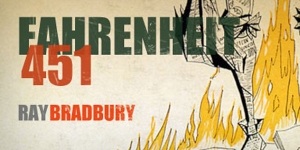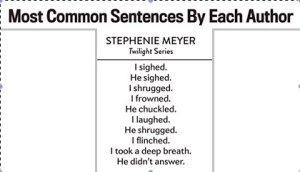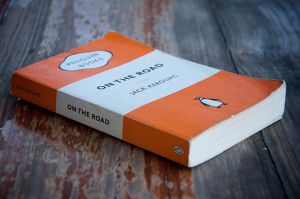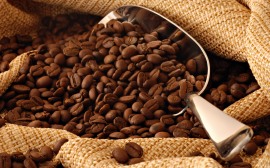We can’t go a day without being reminded of the next generation’s total animosity, or at least apathy towards reading. The books palatable to them are generally graphic, sensual, and never classics, their only exposure to them coming from unpleasant experiences of forced English assignments. And this is the trouble with classics in literature: not the actual content, but rather the format and conditions under which they are presented.
First of all, the would-be reader is forced to read, a prospect which no one enjoys, and especially not children. Forced or not, oftentimes this potential bibliophile is presented with a copy that is thick, densely worded, and looks like it came from the 19th century

(which it might’ve). If we are so desperate to make our children read (specifically, want to read), why do we put up obstacles like poor typeface, a disintegrating binding, and a cover that could be great fiction or an owner’s manual? Say what you want about judging a book by its cover, but that’s why books have covers.
The best way to encourage reading is not by force, but by a feigned inaccessibility. As Steinbeck relates in Travels With Charley, his own childhood had a, “great dark walnut bookcase with…glass doors” in which was housed, “strange and wonderful things.” He goes on to say that his, “parents never offered them, and the glass doors obviously guarded them, and so I pilfered from that case. It was neither forbidden or discouraged. I think today if we forbade our illiterate children to touch the wonderful things of our literature, perhaps they might steal them and find secret joy.” If we combine the readable books with a quality of forbidden treasure, as was Steinbeck’s case, perhaps children won’t be so quick to spurn the written word. I can’t remember my parents ever encouraging me to read, but they never had to. Literature was always a part of my life. Now, I can’t say whether or not my love of books comes from an internal predisposition or through the quasi-apathetic actions of my mother and father towards reading, but it certainly couldn’t hurt. Since I came to reading on my own, it wasn’t some chain that genetics forced me to rebel against. The title, perhaps, is a tad bit of hyperbole. But the basic premise stands; children hate doing what they’re supposed to do almost as much as they love doing something they’re not supposed to do.
Classics, however, pose a unique and difficult situation. The child must be hooked as early as he can comprehend it, or they’ll fall exclusively into the young adult literature hell hole, and more “literature” like Twilight will be turned out year after year. I remember reading

Johnny Tremain for the first time, around the third or fourth grade, and I knew I could never again settle for the seemingly mass-produced literature turned out by the current authors writing for my age groups. I saw how language could be used, manipulated, could convey emotions and stories, but more than that. I saw that words could transfer those emotions to me, drag me along with the plot as an ecstatic stowaway. I firmly believe that if someone experiences the wit and style in Pride and Prejudice before Twilight, or the terse brilliance of Of Mice and Men, they could never get past Stephanie Meyer‘s second page.
Thoughts? Comment below!


